Bringing plants into your home creates a vibrant, living atmosphere that can improve air quality and elevate your interior design. However, pet owners face a unique challenge when selecting houseplants, as many common varieties can be toxic to cats and dogs. The good news is that there are plenty of beautiful, thriving indoor plants that can safely coexist with your furry family members.
This comprehensive guide explores the best pet-friendly indoor plants, helping you create a lush, green environment that keeps your beloved animals safe while satisfying your plant parent aspirations.
Understanding Plant Toxicity for Pets
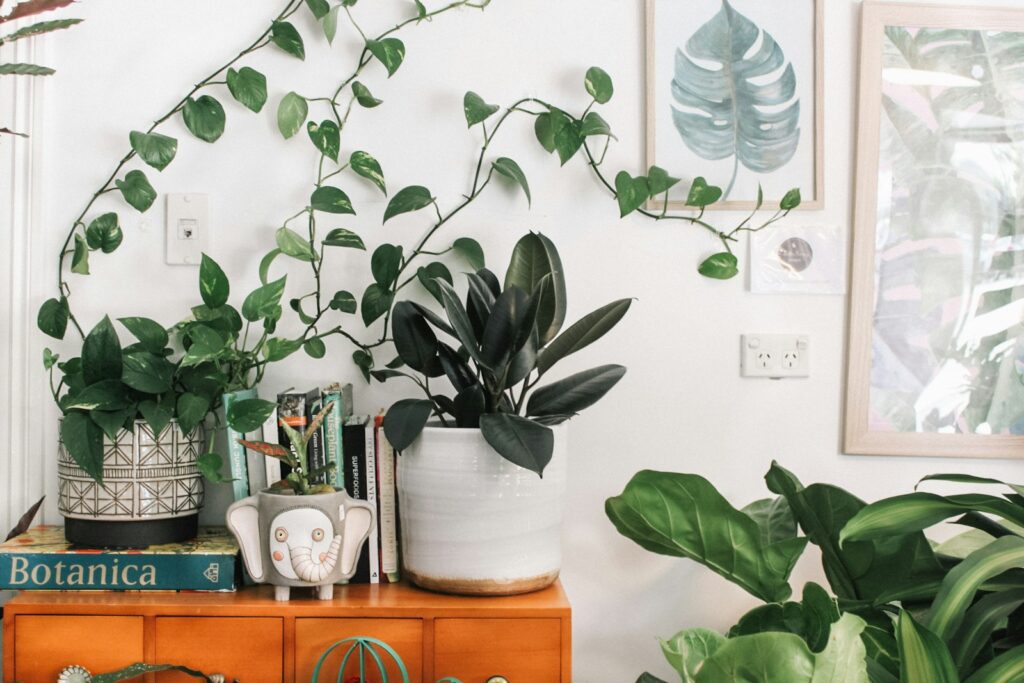
When selecting houseplants for a home with pets, understanding toxicity levels is crucial for preventing potential health emergencies. The ASPCA maintains an extensive database of plants that are toxic and non-toxic to cats, dogs, and horses, making it an invaluable resource for pet owners who also love greenery. Plant toxicity can range from mild irritation, such as drooling or digestive upset, to severe reactions including kidney failure or even death in extreme cases.
Even with non-toxic plants, it’s worth noting that any plant material consumed in large quantities can cause digestive upset in pets, so monitoring your animals around your plants remains important regardless of toxicity status. Before bringing any new plant into your home, taking a few minutes to verify its safety can prevent heartbreaking veterinary emergencies.
Spider Plant The Ultimate Pet-Safe Starter Plant
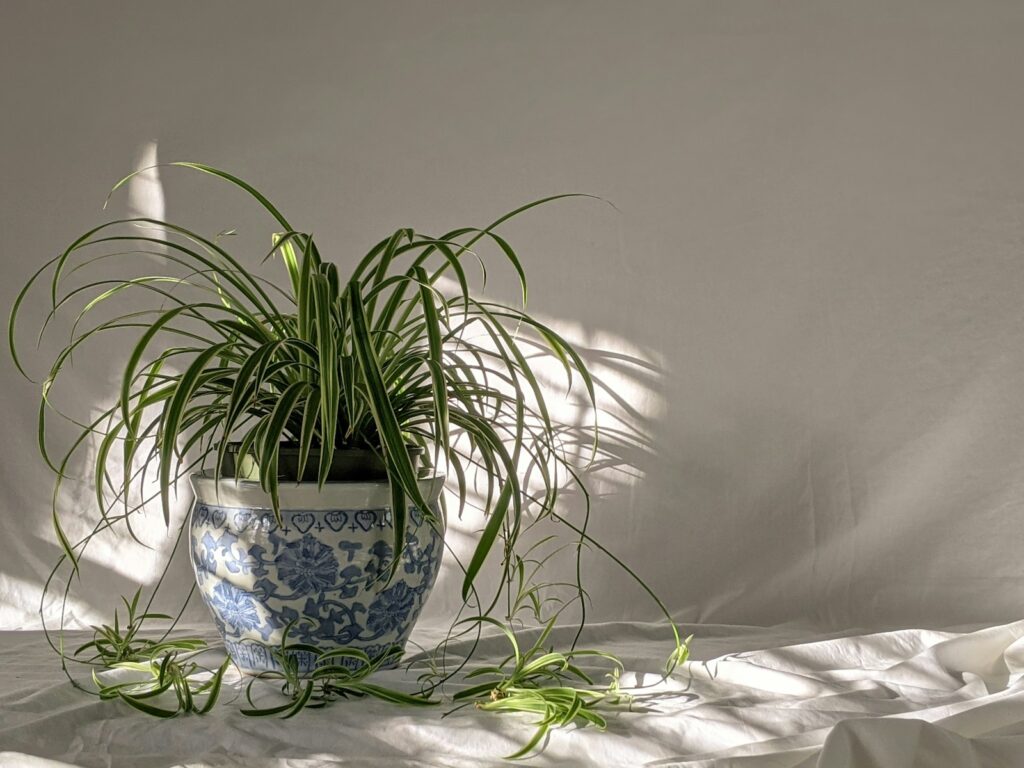
Spider plants (Chlorophytum comosum) rank among the most popular pet-friendly houseplants due to their easy care requirements and attractive cascading growth habit. These resilient plants feature long, arching leaves with white striping that produce small “baby” plants on long stems, giving them their spider-like appearance. Beyond being completely non-toxic to cats and dogs, spider plants are excellent air purifiers, helping to remove formaldehyde and other toxins from indoor environments.
They thrive in bright, indirect light but can tolerate lower light conditions, making them versatile for various home settings. For new plant parents, spider plants offer forgiving care requirements, needing water only when the soil feels dry to the touch, and they actively communicate when stressed through browning leaf tips.
Boston Fern Lush Greenery Without Worry
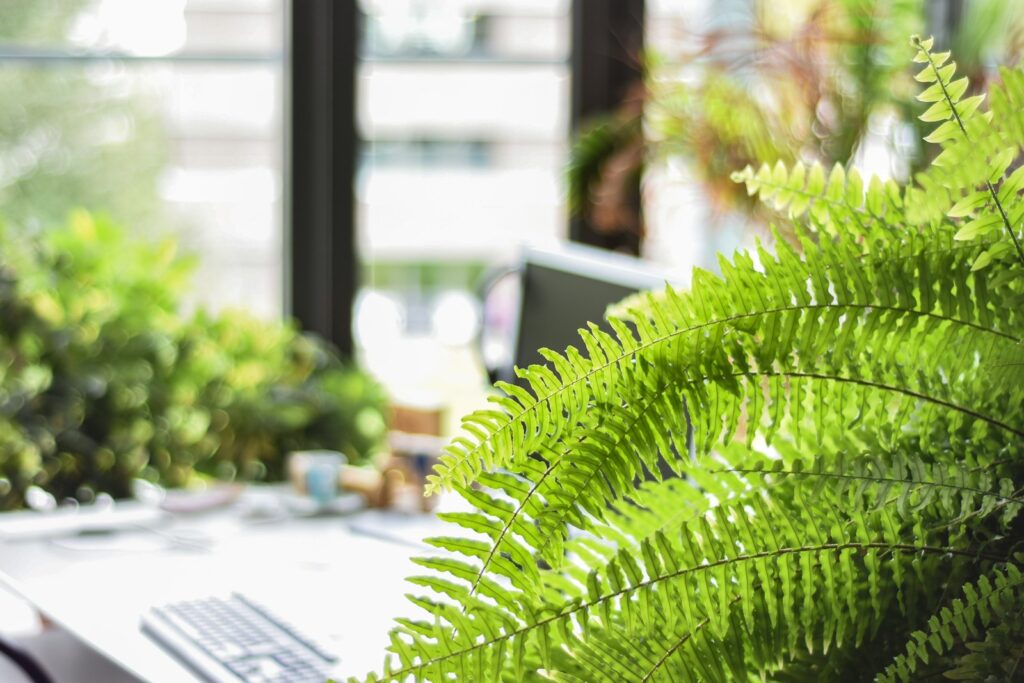
Boston ferns (Nephrolepis exaltata) bring a touch of woodland charm to indoor spaces with their feathery, arching fronds that create a lush, green cascade. These classic houseplants are completely safe for cats and dogs, allowing pet owners to enjoy their abundant foliage without concern for curious nibblers. Boston ferns thrive in humid environments with bright, indirect light, making them perfect additions to bathrooms or kitchens where they can benefit from occasional steam.
While these ferns require more attentive care than some other pet-safe options, their maintenance primarily involves consistent moisture and humidity rather than complex care routines. Pet owners particularly appreciate that Boston ferns lack the sharp edges or irritating sap that might otherwise discourage pets from interaction, making them truly harmonious additions to animal-friendly homes.
Areca Palm Tropical Elegance for Pet Households

The Areca palm (Dypsis lutescens) offers pet owners a chance to create a tropical oasis without endangering their furry companions. This elegant palm features feathery, arching fronds that grow from multiple stems, creating a luxurious display that can reach impressive heights in ideal conditions. Unlike many other palms that contain toxic compounds, the Areca palm is verified as non-toxic to both cats and dogs by the ASPCA, making it a safe choice for creating dramatic vertical interest in pet-friendly spaces.
These palms prefer bright, indirect light and moderate watering, allowing the top inch of soil to dry between waterings to prevent root rot. Beyond their aesthetic appeal, Areca palms serve as effective natural humidifiers and air purifiers, actively removing toxins like formaldehyde, xylene, and toluene from indoor environments while adding beneficial moisture to the air.
Calathea Safe Statement Plants with Stunning Foliage
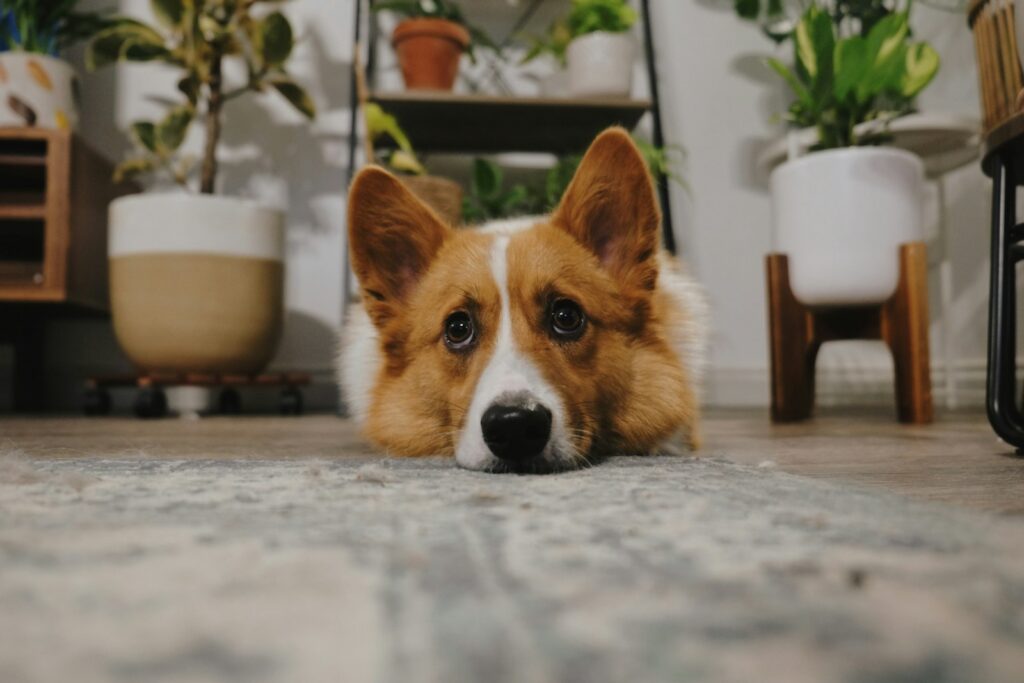
Calatheas, often called prayer plants for their unique leaf movements, offer some of the most visually striking foliage patterns available in the pet-safe plant category. These tropical beauties feature intricate leaf designs ranging from pinstripes to bold color blocks in combinations of green, white, pink, and purple, making them living works of art in your home. Despite their exotic appearance, Calatheas pose no threat to curious cats or dogs, allowing pet owners to enjoy their dramatic foliage without worry.
These plants prefer medium to bright indirect light and regular watering to maintain their humidity-loving nature, with soil that stays consistently moist but never soggy. The Calathea family includes numerous pet-safe varieties with distinctive patterns, such as Calathea orbifolia with its large, round, striped leaves and Calathea medallion with its dramatic purple undersides, giving plant collectors many safe options to pursue.
Peperomia Compact and Colorful Companions
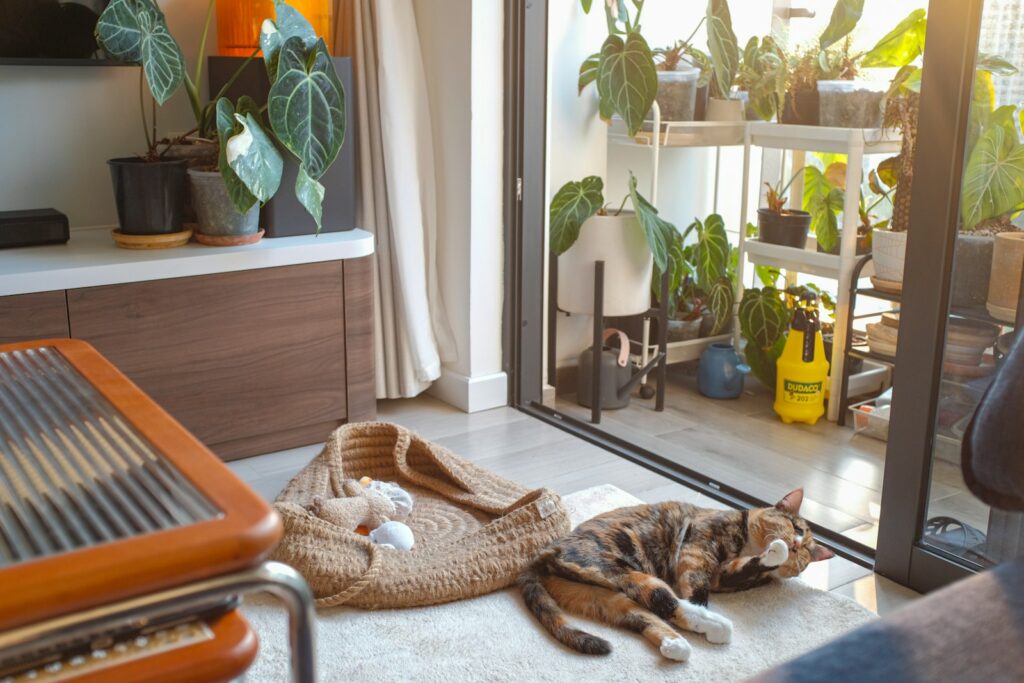
The diverse Peperomia genus offers pet owners a wealth of compact, colorful, and completely non-toxic options that fit perfectly on shelves, desks, and small spaces. These charming plants come in a wide variety of leaf shapes, textures, and colors, from the rippled edges of Peperomia caperata to the watermelon-patterned leaves of Peperomia argyreia. Peperomias are particularly well-suited to busy pet owners as they have succulent-like qualities that make them forgiving of occasional neglect, storing water in their thick leaves and preferring to dry out between waterings.
Their small stature and slow growth habit mean they won’t quickly outgrow their space, making them long-term companions that require minimal maintenance. For pet owners with limited space or those looking to create plant collections with varied textures and appearances, Peperomias offer incredible diversity without compromising on pet safety.
Parlor Palm Classic Elegance and Pet Safety
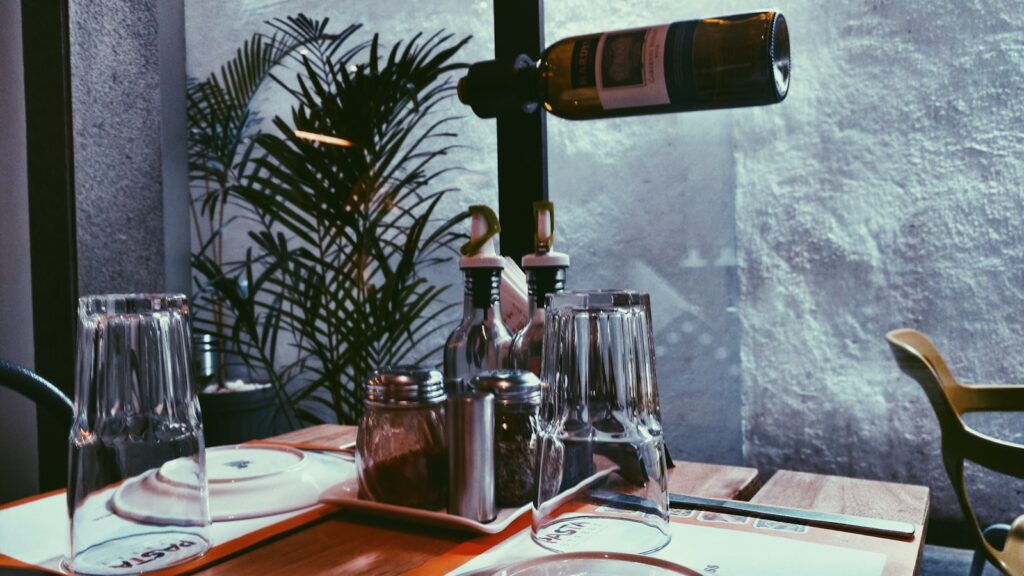
The Parlor Palm (Chamaedorea elegans) has graced indoor spaces since Victorian times, earning its place as a timeless houseplant that harmonizes beautifully with pets. This compact palm grows in elegant, feathery fronds that create a gentle tropical ambiance without the dramatic size of larger palm varieties. Unlike many other palms, the Parlor Palm contains no toxic compounds that might harm cats or dogs, making it a worry-free choice for creating vertical interest in pet-friendly homes.
These palms are particularly well-suited to lower light conditions, thriving in spaces where other plants might struggle, such as north-facing windows or rooms with filtered light. The Parlor Palm’s slow growth rate and relatively modest mature height of 2-4 feet make it a long-term companion that won’t quickly outgrow its space, providing years of elegant greenery without constant repotting or pruning.
African Violet Pet-Safe Flowering Beauty

For pet owners craving colorful blooms rather than just foliage, African violets (Saintpaulia) offer a completely non-toxic flowering option that adds vibrant hues to pet-friendly homes. These compact beauties produce clusters of velvety flowers in shades of purple, pink, white, and blue above fuzzy, dark green leaves, creating year-round color when properly maintained. African violets thrive on east or west-facing windowsills where they receive bright, indirect light without the harsh afternoon sun that can scorch their delicate leaves.
Unlike many flowering houseplants that contain toxic compounds, African violets pose no threat to curious cats or dogs that might take an investigative nibble. Their modest size makes them perfect for small spaces like desktops, bathroom counters, or kitchen windowsills, allowing pet owners to enjoy flowering plants throughout their home without safety concerns.
Staghorn Fern Dramatic Pet-Safe Wall Art
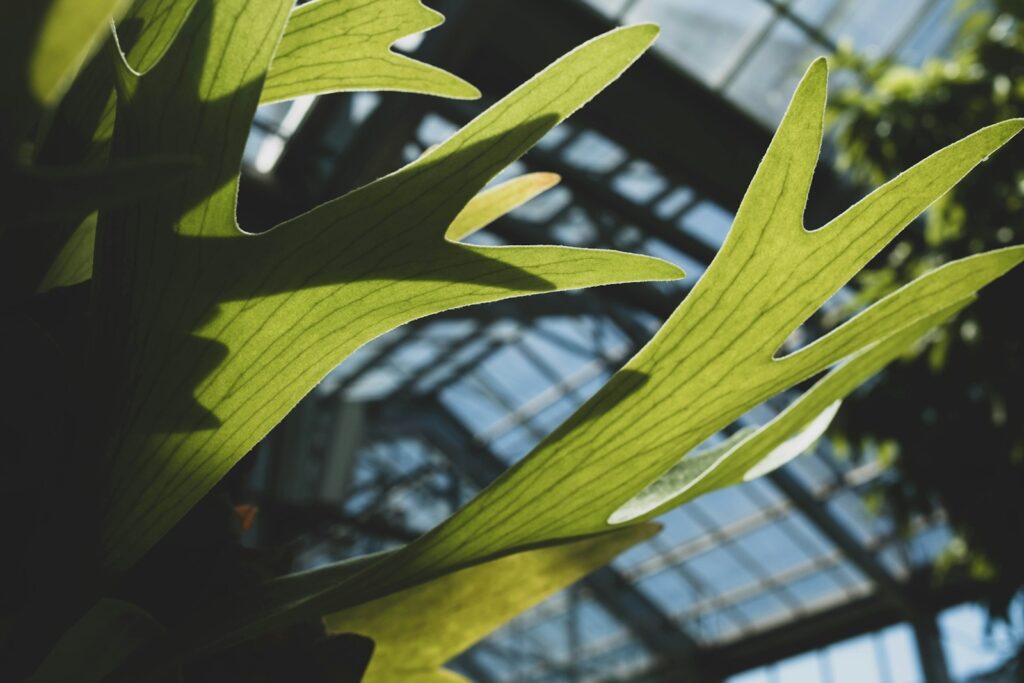
Staghorn ferns (Platycerium) offer pet owners a chance to create living wall art that’s completely safe for furry family members. These architectural plants grow in a distinctive formation with two types of fronds: shield fronds that attach to surfaces and antler fronds that grow outward in a dramatic, branching pattern resembling deer antlers. Unlike many statement plants that can be toxic, staghorn ferns contain no compounds harmful to cats or dogs, making them safe choices for creating dramatic focal points in pet-friendly spaces.
These unique ferns can be mounted on wood boards and hung like living trophies, freeing up valuable floor and shelf space in homes where curious pets might otherwise disturb potted plants. Staghorn ferns appreciate bright, indirect light and regular misting to replicate their natural rainforest environment, thriving particularly well in bathrooms where they benefit from shower humidity.
Haworthia Sunlight Loving Succulents for Pet Owners
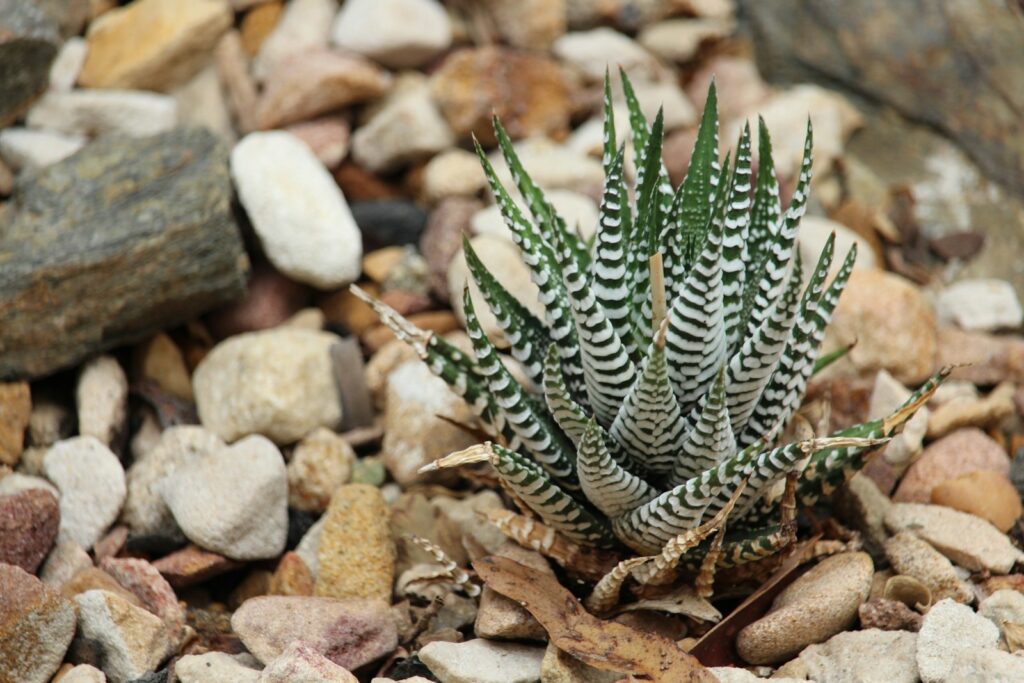
While many popular succulents like aloe vera are toxic to pets, Haworthia succulents offer a completely safe alternative for bright windowsills in homes with cats and dogs. These compact rosette-forming plants feature distinctive translucent “windows” at their leaf tips that allow light to penetrate deeper into the plant, creating an interesting visual effect when backlit. Haworthias are ideal for pet owners who struggle with plant care as they require minimal maintenance, preferring infrequent watering and bright light conditions that would challenge more delicate houseplants.
Their slow growth rate means they won’t quickly outgrow their containers, and their compact size makes them perfect for small spaces like windowsills, desks, or shelf displays. Pet owners particularly appreciate that Haworthias lack the sharp spines found on many other succulents, making them safer options for homes with curious animals that might investigate plants with their paws or noses.
Money Tree Safe Prosperity Symbol
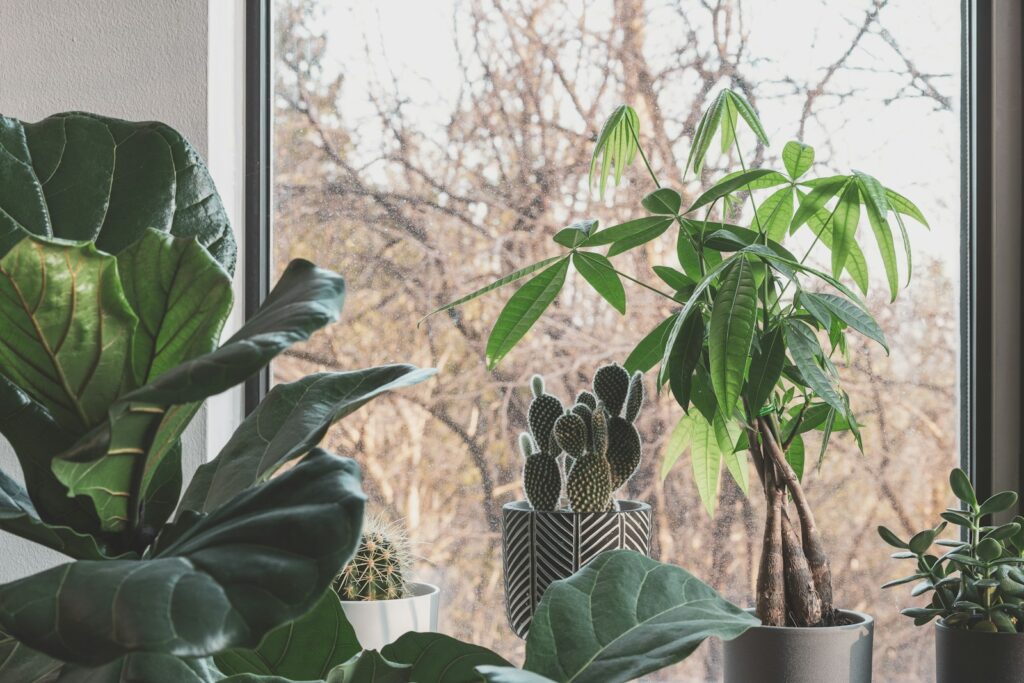
The Money Tree (Pachira aquatica) combines pet safety with symbolic significance, making it a meaningful addition to homes with furry companions. According to feng shui principles, these distinctive plants with their braided trunks and palm-like leaves attract prosperity and good fortune while creating a striking visual presence. Despite their symbolic potency, Money Trees contain no toxic compounds that might harm cats or dogs, allowing pet owners to incorporate this meaningful plant without compromise.
These trees appreciate bright, indirect light and moderate watering, preferring to dry out slightly between waterings to prevent root rot issues. The Money Tree’s braided trunk creates visual interest even when the plant isn’t actively growing, and its manageable growth rate means it won’t quickly outgrow indoor spaces, making it a long-term companion for both pets and their owners.
Ponytail Palm Quirky Desert Beauty
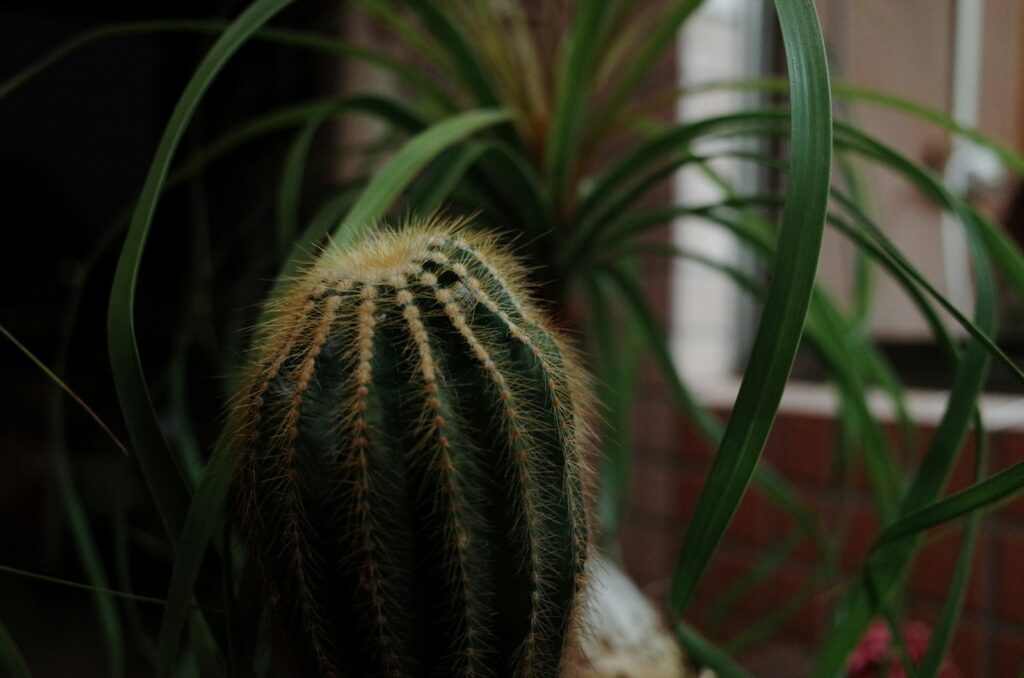
The Ponytail Palm (Beaucarnea recurvata) offers pet owners a whimsical, sculptural plant that’s completely non-toxic to cats and dogs despite its exotic appearance. Despite its common name and palm-like appearance, this plant is actually a member of the Asparagaceae family and features a distinctive bulbous base that stores water, topped with cascading, grass-like foliage that resembles a ponytail. This drought-tolerant plant requires minimal care, preferring bright light and infrequent watering, making it ideal for busy pet owners who might occasionally forget plant maintenance.
The Ponytail Palm’s unique form adds architectural interest to any room, while its tough nature means it can withstand the occasional bump from passing pets without significant damage. Pet owners particularly appreciate that even if curious animals nibble on the long, arching leaves, they won’t suffer any toxic effects, making this quirky plant a worry-free addition to animal-friendly households.
Creating Pet and Plant Harmony Practical Tips
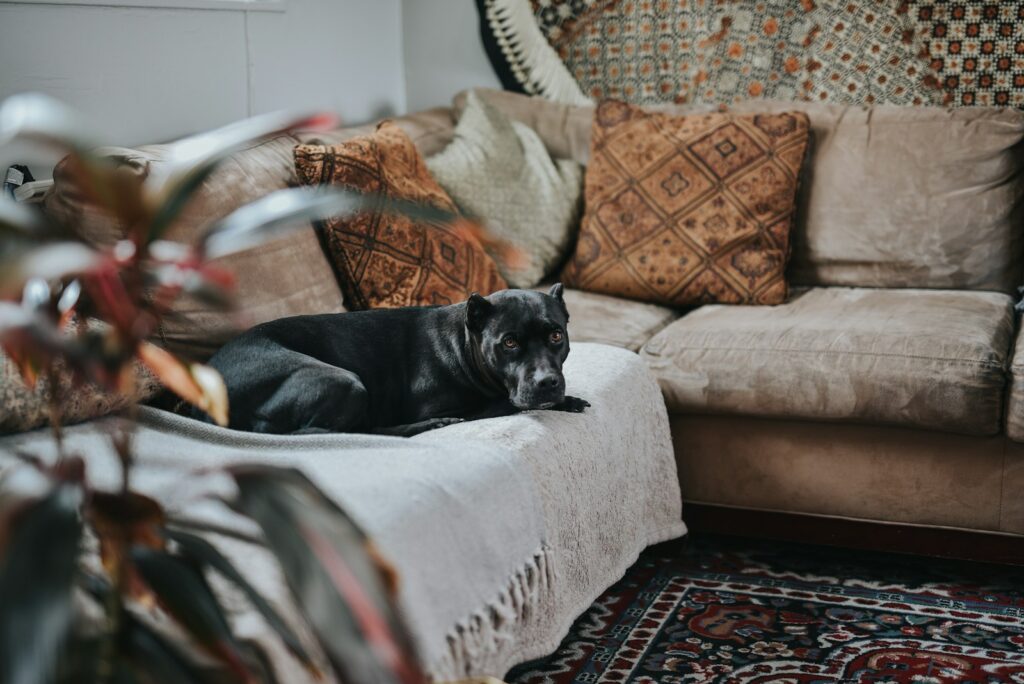
Successfully maintaining both plants and pets requires thoughtful placement and preventative strategies to protect both your leafy and furry family members. Consider elevating plants on wall shelves, hanging planters, or tall plant stands to keep them out of reach of curious cats and dogs while still allowing them to thrive in appropriate light conditions. For particularly determined pets, applying a safe deterrent spray with bitter apple or citrus scents around plant areas can discourage investigation without harming either plants or animals.
Creating designated “pet gardens” with cat grass or catnip can redirect your pet’s plant-chewing instincts toward safe alternatives specifically grown for their enjoyment. Even with non-toxic plants, it’s wise to monitor your pets for any unusual behavior after introducing new greenery, as individual animals may have sensitivities that differ from general toxicity guidelines, allowing you to make adjustments before serious problems develop.
Warning Signs of Plant Toxicity in Pets
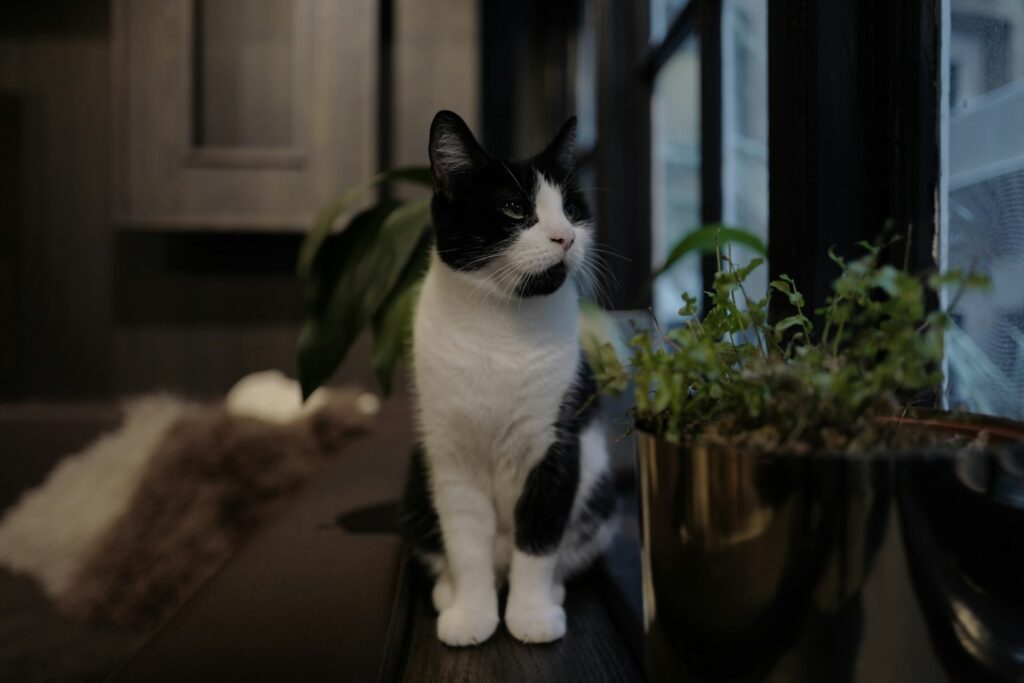
Despite your best efforts to select pet-safe plants, it’s essential to recognize symptoms of plant toxicity in case your pet encounters a harmful plant outside your home or if a toxic plant was mistakenly identified as safe. Common warning signs include sudden excessive drooling, vomiting, diarrhea, difficulty breathing, lethargy, or changes in drinking and urination habits, all of which warrant immediate veterinary attention. More severe symptoms might include seizures, collapse, or severe abdominal pain, which constitute medical emergencies requiring immediate professional intervention.
If you suspect your pet has ingested a toxic plant, try to identify the plant in question and bring a sample or photo to your veterinarian to assist with treatment protocols. Maintaining an emergency contact list with your regular veterinarian’s number, the nearest emergency vet clinic, and the ASPCA Animal Poison Control Center (1-888-426-4435) can save precious minutes in a plant toxicity emergency, potentially making the difference in treatment outcomes.
Creating Harmony Between Pets and Plants
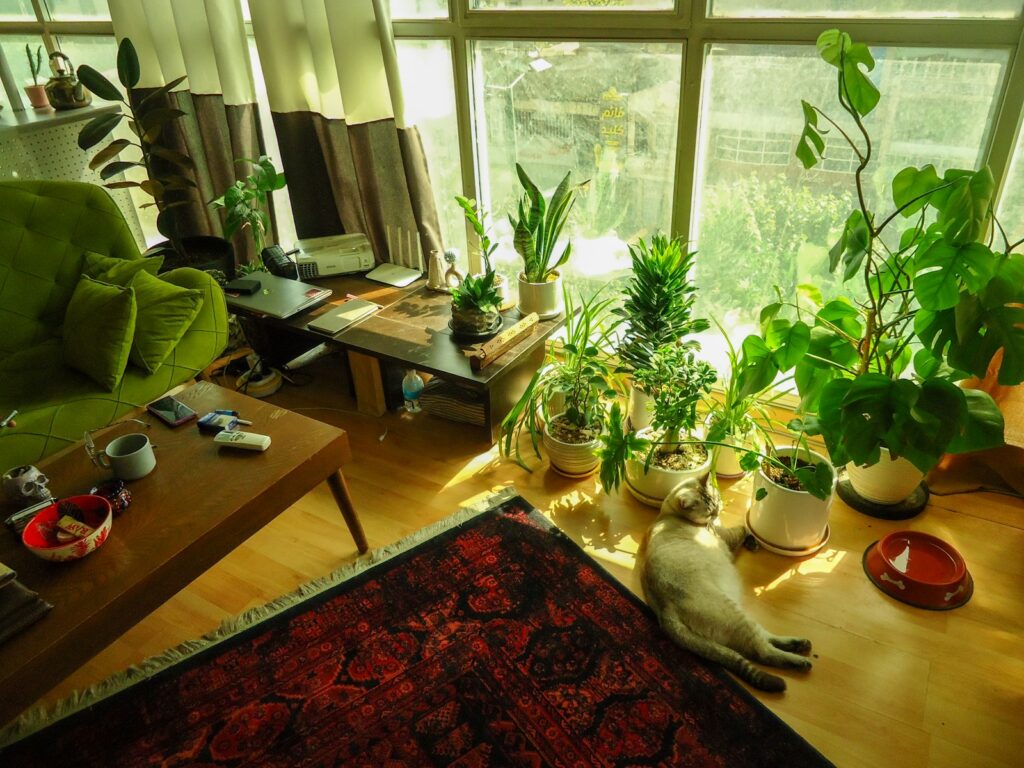
Creating a home filled with beautiful plants doesn’t mean choosing between greenery and your beloved pets. With so many stunning, pet-friendly options available, you can cultivate an indoor garden that satisfies your plant parent aspirations while keeping your furry family members safe. From the architectural drama of Staghorn ferns to the tropical elegance of Areca palms, these non-toxic varieties offer diverse textures, colors, and forms to suit any aesthetic preference or care ability.
By selecting from these safe options and implementing thoughtful placement strategies, you can create a harmonious environment where both your pets and plants thrive together. Remember that even with non-toxic plants, moderation is key—occasional monitoring and providing pet-specific plant alternatives will help ensure your multi-species household remains happy, healthy, and beautifully green.

